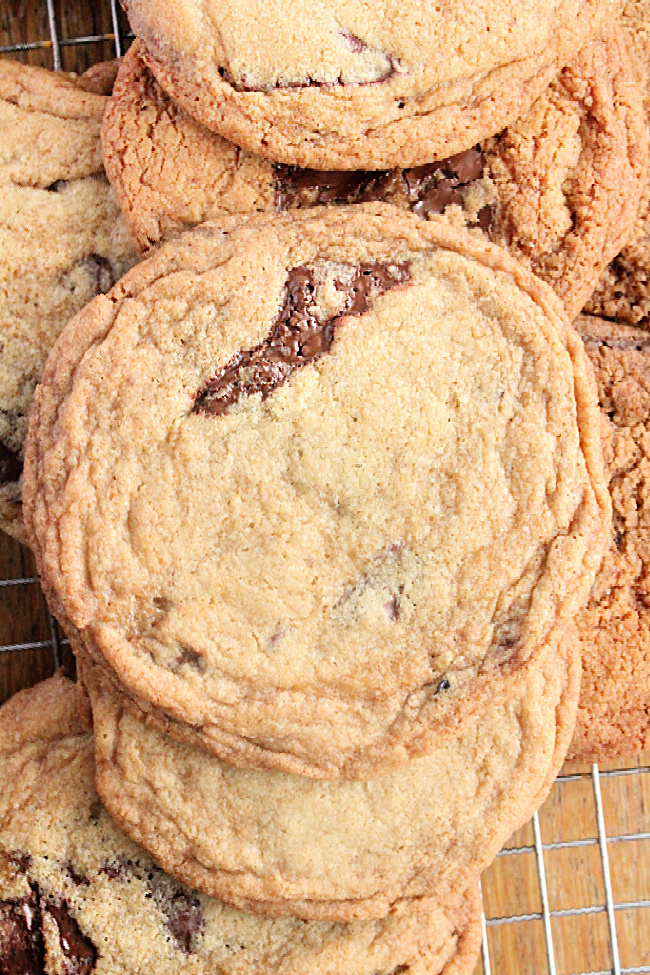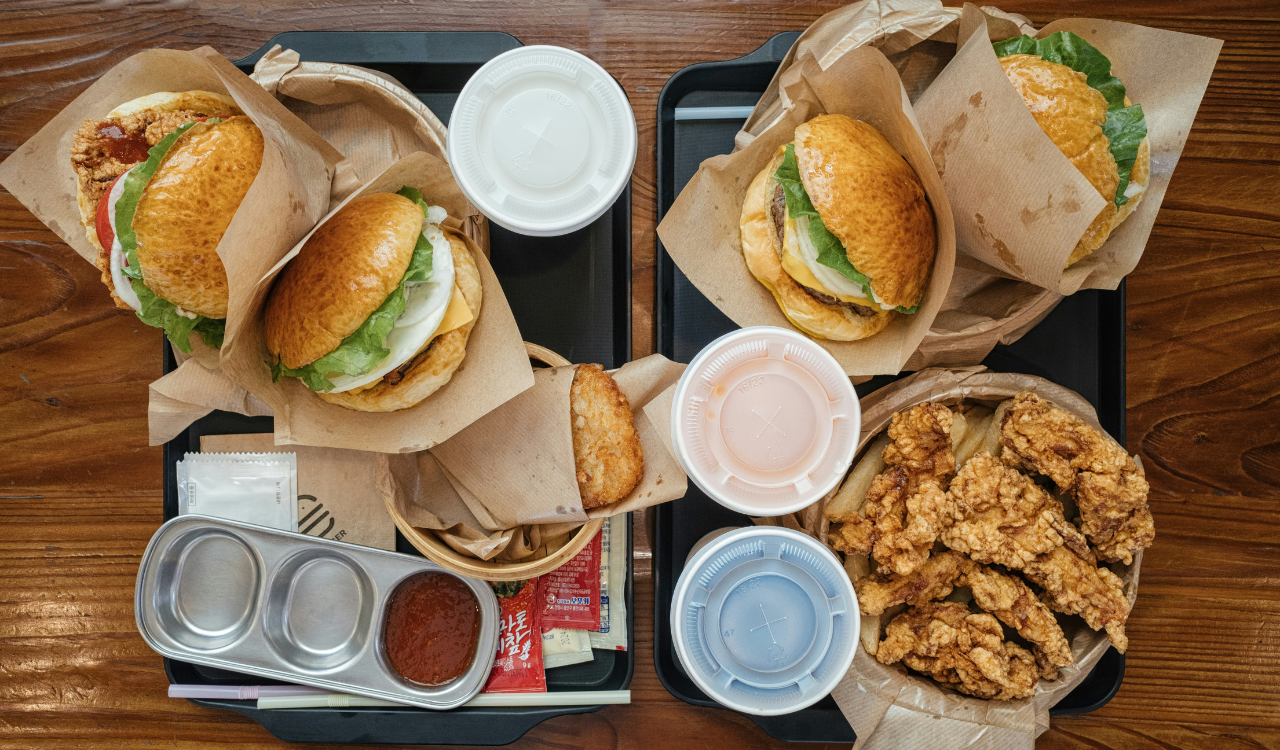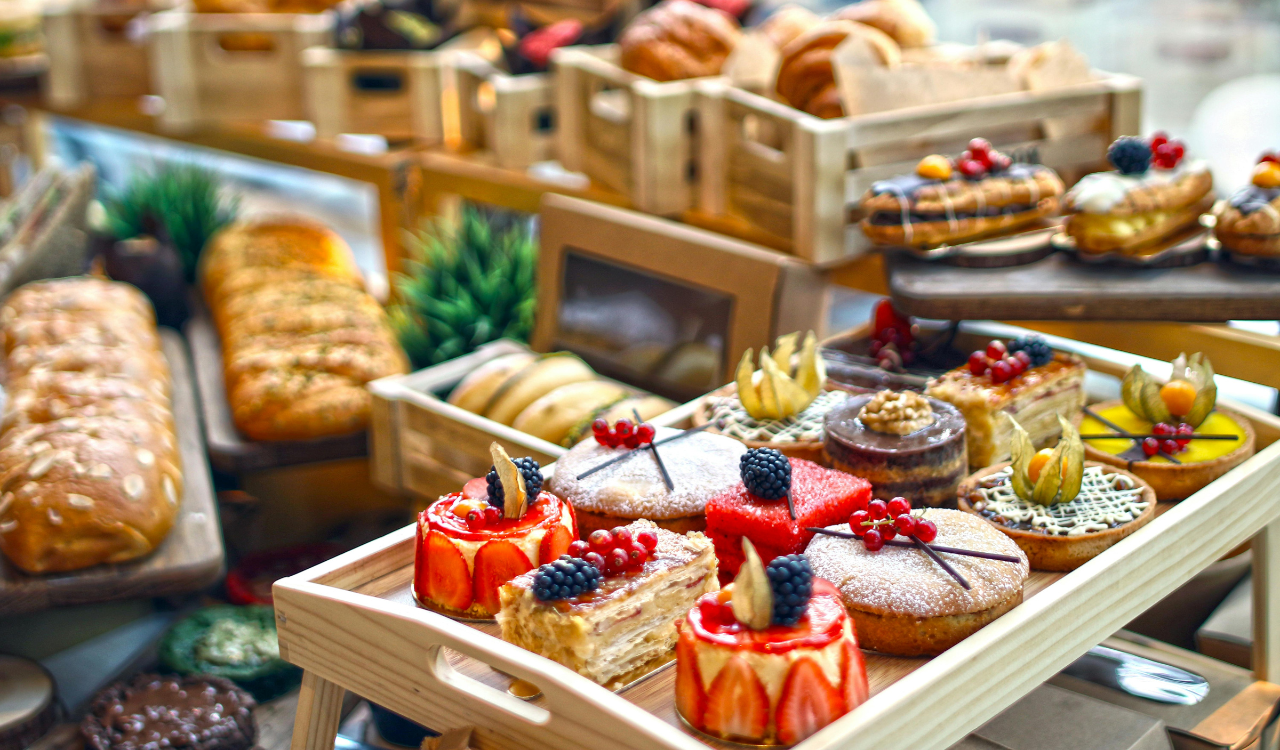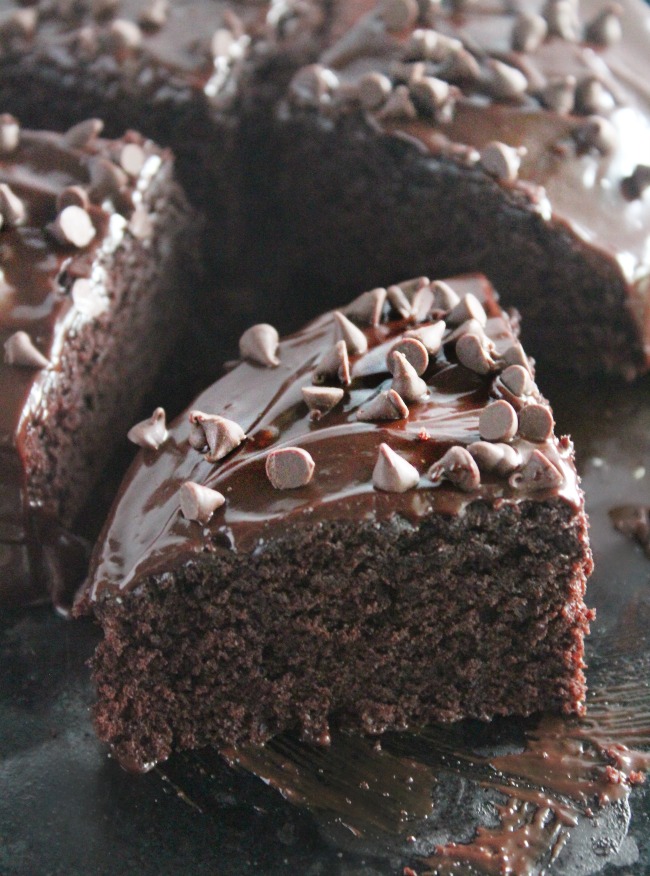10 Dinner Table Manners Everyone Should Remember
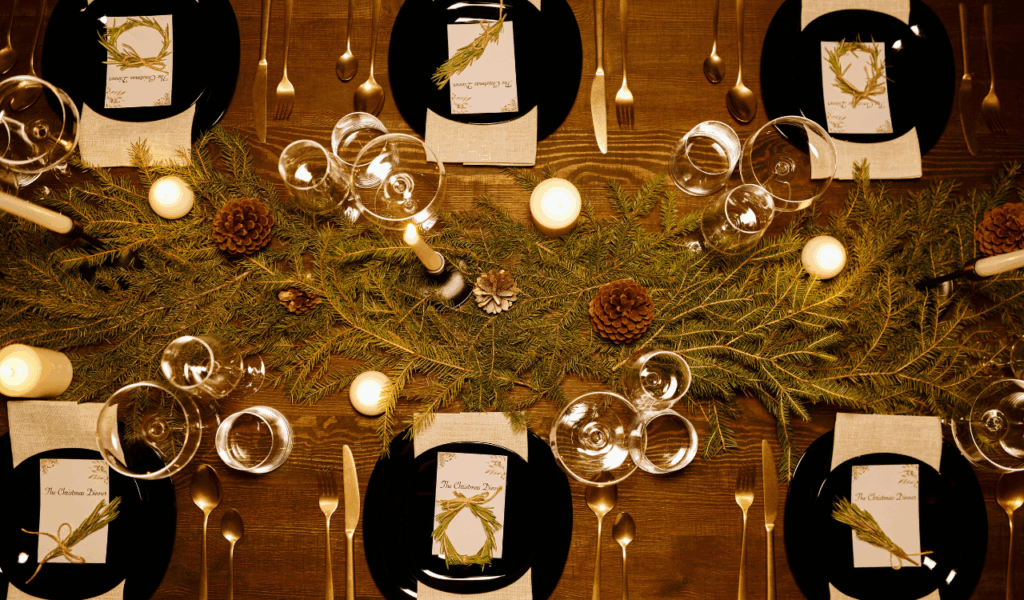
A few well-chosen manners can make all the difference when you sit down to eat, whether it’s a casual meal with friends, a formal function, or something in between. These aren’t about being fancy or showing off; they’re about respect, comfort, and making sure everyone has a good time at the table. Below are ten table-manner tips you should bear in mind, each outlined in depth so you’re clear on not just what to do, but why.
1. Wait until everyone is served (and the host begins)
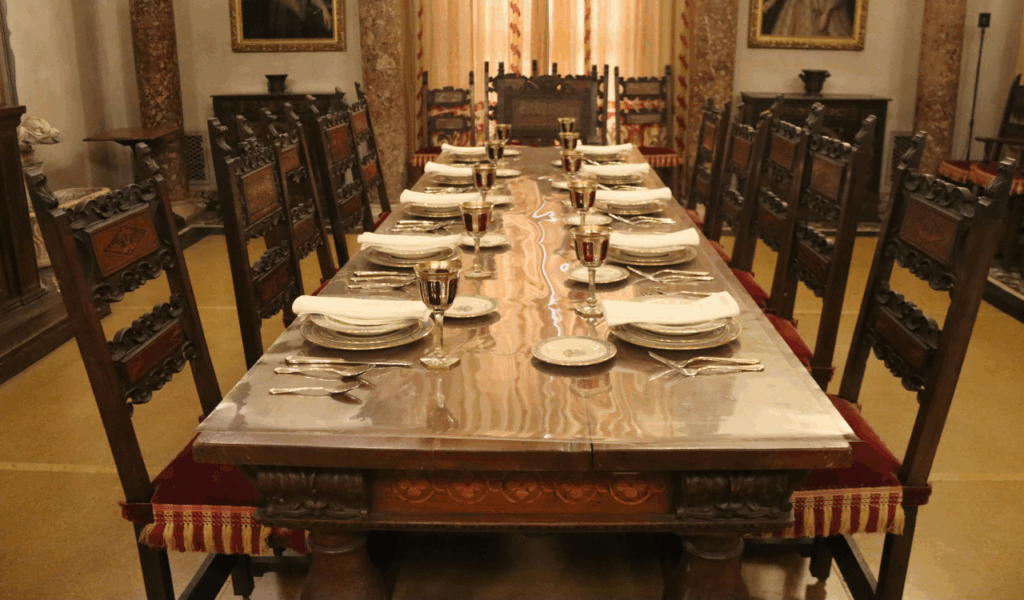
It’s polite and a good rule to wait until everyone at the table has been served and the host gives the signal to start eating. This makes sure that everyone feels involved and recognised, and it eliminates the awkward moment when someone at the table is left watching while others start. In a lot of cultures, starting your lunch before everyone else is considered as rude or disruptive. You also allow yourself a minute to settle comfortably, fold your serviette on your lap and get ready to eat and talk with full focus by waiting.
2. Keep elbows off the table (once you begin)
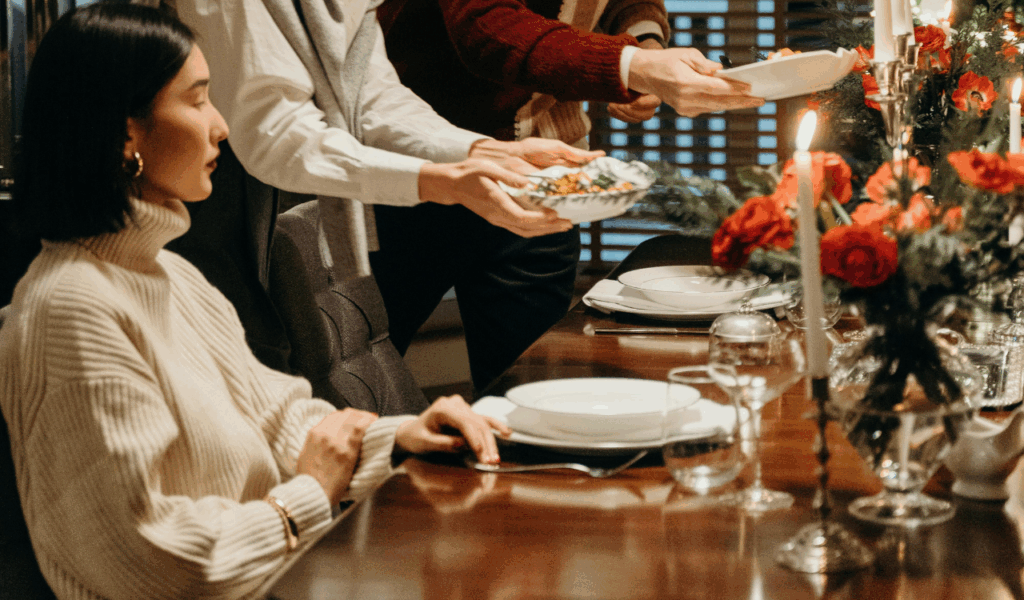
Sitting up straight at the dinner table shows respect for the other people around the table. One old rule is that you can rest your elbows before the meal starts, but once you start eating, you should keep your elbows off the table and your hands visible. This keeps you interested, makes it easier to distribute dishes, and indicates that you are mindful of the people and space around you. A comfortable but alert posture makes for a nice dining atmosphere. Some families are more laidback, but if you develop this a habit, you’ll feel confident in all kinds of situations, whether they’re informal or formal.
3. Use the napkin correctly
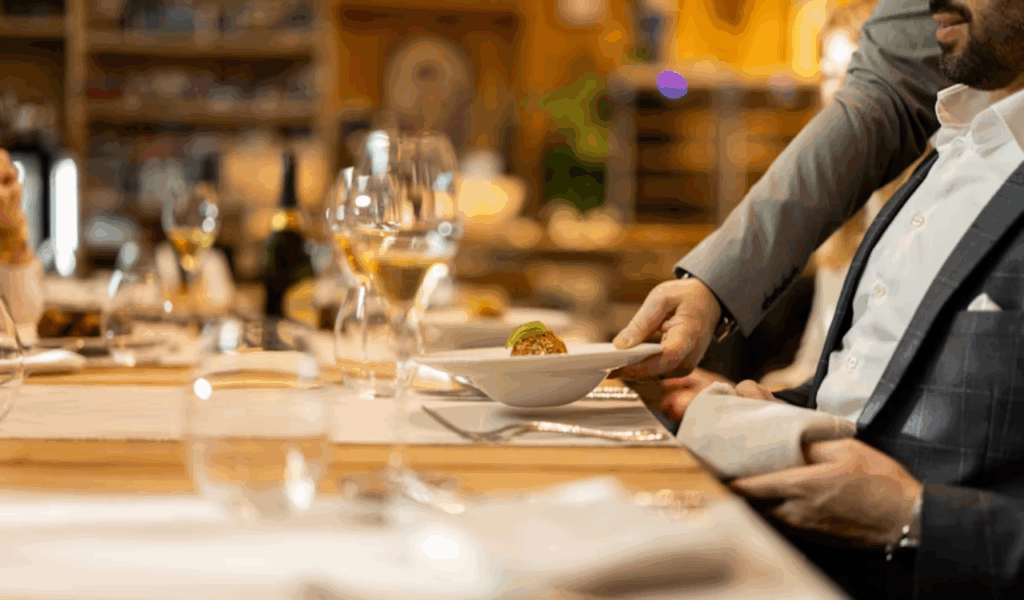
Once you’re seated and ready to eat, unfold your napkin and place it on your lap. The napkin is When you’re ready to eat, sit down and unfold your serviette. Then, put it on your lap. The serviette is your first line of defence against spills, and it also lets everyone know that you’re ready to eat. If you have to leave the table for a bit, fold the serviette loosely and put it to the left of your plate. When you’re done with your meal, don’t tuck your serviette in or put it on your chair. Instead, put it loosely to the left of your plate. Using napkins correctly keeps things clean, makes it easier to pass plates, and shows that you know how to eat in a neat way.
4. Chew with your mouth closed and avoid distracting sounds
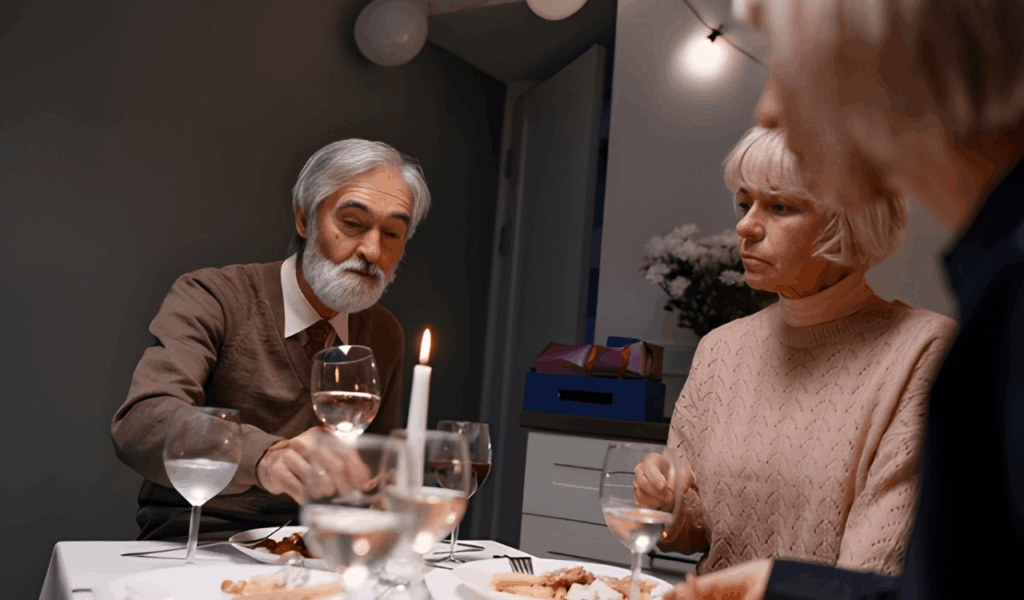
Eating isn’t just about taste; it also involves the things around you. When you eat, you should chew with your lips closed, avoid loud clinks of cutlery, and not do anything loud or attention-grabbing, such tapping your fork or drum-rolling on the table. This shows that you care about everyone at the meal. These small behaviours let talks flow and enable other people enjoy their meal without too many distractions. In most cultures, it’s rude to make noise when eating. It’s not about being perfect; it’s about being aware of other people as you eat.
5. Pass dishes and condiments politely
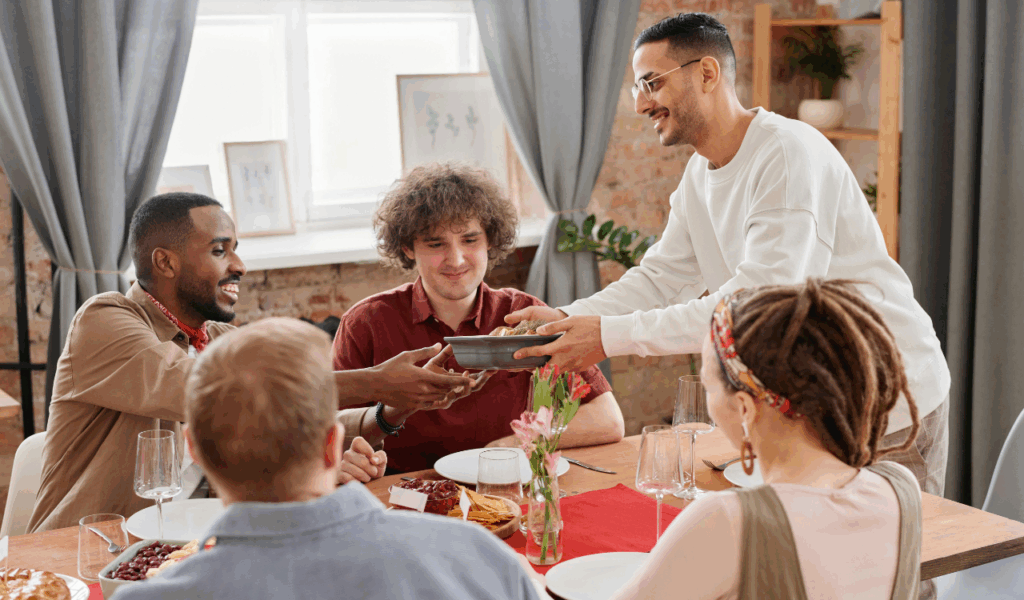
People typically share meals, passing dishes and condiments around the table. When you practise polite passing, you ask someone if they want a dish before you give it to them, you give it to them instead of pushing it away, and you pass both salt and pepper at the same time, even if they only ask for one. Make sure that your reach doesn’t get in the way of other people or make things unpleasant. These few actions make the meal go more smoothly and make everyone feel better. This kind of attention is polite and keeps the meal amicable and open to everyone.
6. Use cutlery and eating utensils calmly and correctly
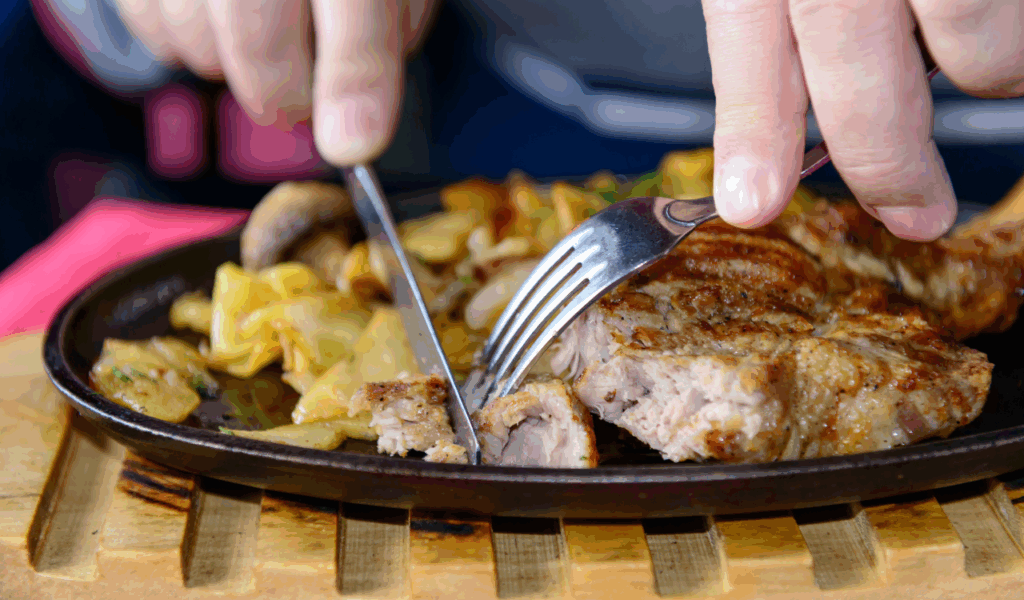
Different parts of the world have different ways of holding a knife, fork, or spoon. However, one thing that is always true is to use your utensils carefully, don’t stab or flick food, and put them down neatly when you’re done. Putting the knife and fork parallel on the plate when you’re done shows that you’re done. This behaviour keeps the table clean and lets servers or hosts know what you want without interrupting the conversation. When you’re comfortable with your utensils, you can focus on the food instead of worrying about whether you’re doing it perfectly. This makes the dinner more relaxed and pleasurable.
7. Participate in conversation and avoid phone distractions

Dinner is about more than just eating; it’s also about connecting with others. Talk to the others at the table, look around, and enjoy the moment with them. At the same time, don’t let your phone take over your attention, check messages all the time, or answer calls unless they are important. If you keep looking at or using your phone, it shows that you’re not really there, which might make other people feel disconnected and ruin the meal’s sense of community. You help make the space warm and welcoming by being there and paying attention. Only use your phone for a short time and nicely, and if you need to take care of something vital, step away.
8. Eat at a moderate pace and be mindful of portion size
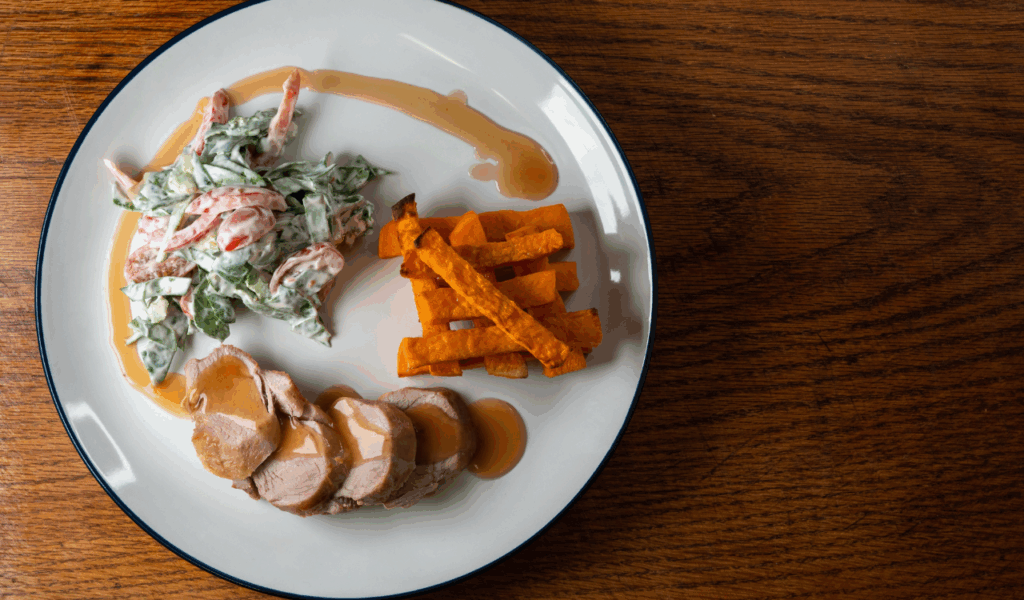
If you eat too rapidly, you can finish before everyone else, break up the conversation, and look too eager. If you eat too slowly, you could make people wait, hold up service, or seem uninterested. You are part of the meal’s rhythm if you walk at a reasonable speed that is comfortable for you and fits in with the group. As for portion size, be aware of taking just enough, especially for shared dishes, so others have a fair share. Being aware of both pace and portion demonstrates respect for the food and for the people you’re eating with.
9. Express appreciation for the meal and host
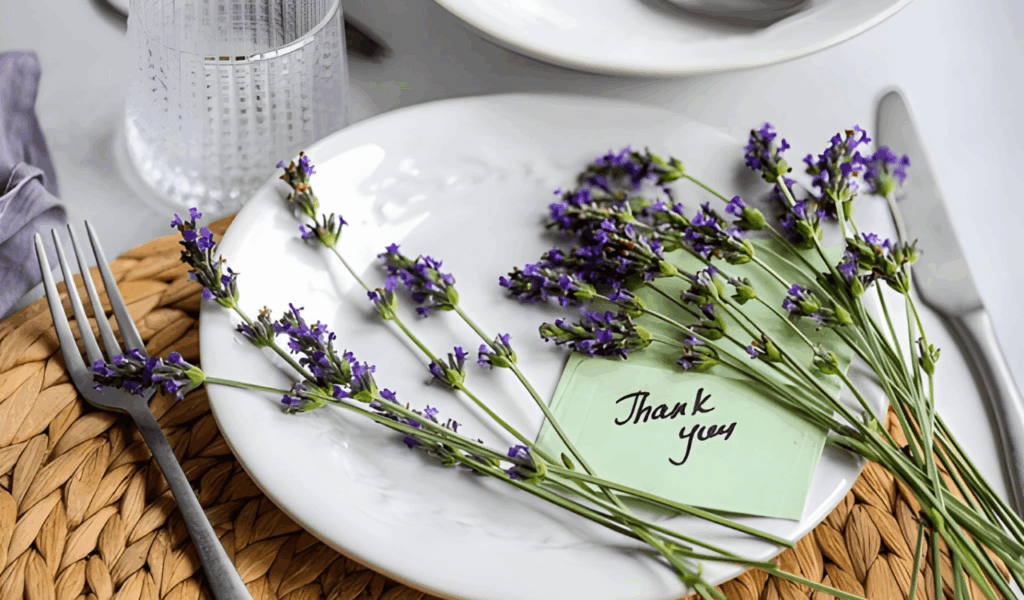
A simple “Thank you” to the host, cook, or whoever made or set up the dinner means a lot. Saying thank you and giving a real grin are both warm and help the eating connection. You might talk about what you liked about the meal or the atmosphere, like how fresh the food was, how kind the staff was, or how relaxing the evening was. When you thank someone for their work, it makes the food and the experience better. It also makes your presence more than just being there; you’re involved, paying attention, and thankful.
10. Know when to politely excuse yourself and signal you are finished
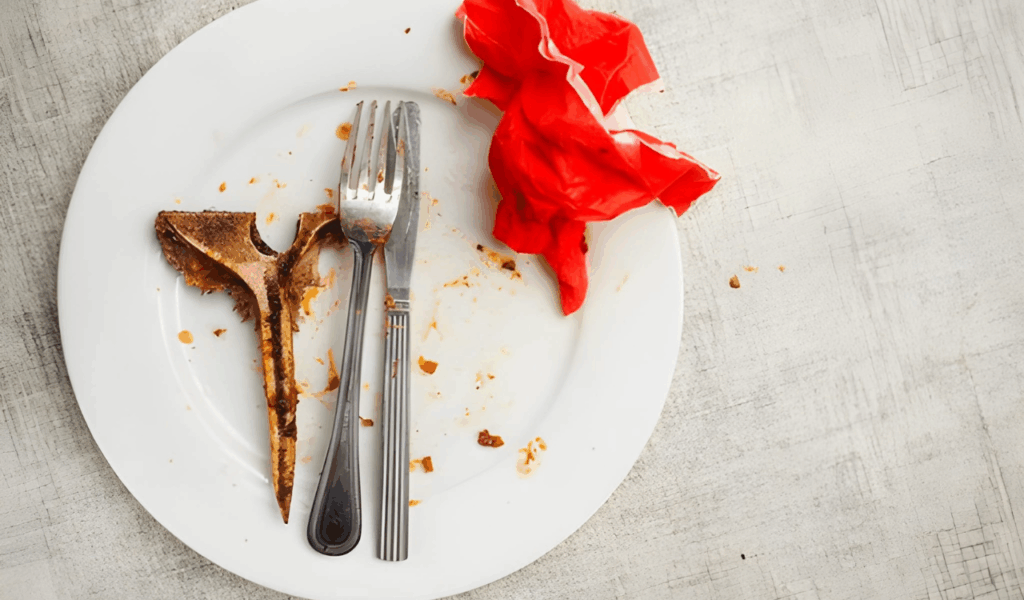
It’s important to know when to leave politely when the meal is almost over and the discussion has died down or the host says it’s time to go. Put your knife and fork together on your plate, usually at the four o’clock position, to show that you’re done. Don’t hang about awkwardly or go back to your plate more than once unless it’s evident that it’s part of the meal flow. If you have to get up, say “Excuse me, please” and depart without making too much noise. This last gesture helps end the meal smoothly, lets the host or server know what to do, and provides a good last impression.
